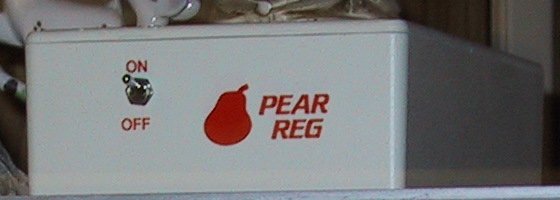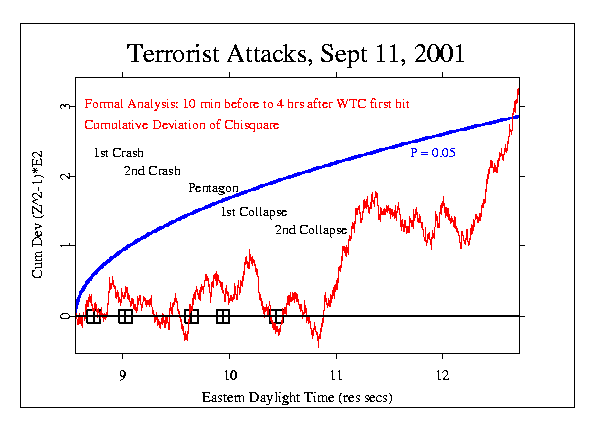The Library of Congress

The Library of Congress, located across the street from the east side of the Capitol building. Although originally called just the Library of Congress Building, as the Library now comprises three separate buildings, it was christened the Thomas Jefferson Building in 1980 (and Langdon sometimes refers to it thus).
The white building just behind it is the Library of Congress John Adams building; the third building, the Madison building, is just out of view to the right.
The Library of Congress Tunnel

The tunnel connecting the Capitol Visitor Center and the Jefferson Building opened in December 2008, at the same time as the Visitor Center. Construction of the $10 million tunnel was controversial, due to the already large cost overruns on the Visitor Center. Langdon wonders about the tunnel's length: at about 600 feet long, and curving around underground obstructions, the tunnel route is actually longer than simply walking aboveground from the Capitol to the Library.
The Library of Congress Great Hall

It's no wonder Dan Brown spends several paragraphs describing this overwhelmingly opulent room, which is but the entrance to the library. He mentions the stained glass skylights, the pillars lining the second-floor balcony, the curling staircases, and the giant bronze figures raising torches of enlightenment.
Great Hall Stairway Banister Putti

The "cupidlike putti portrayed as modern scientists". To me this looks like cherubs on some bizarre theme-park ride.
The East Corridor
Proceeding through the arched opening, the Gutenberg Bible and Giant Bible of Mainz are displayed in the East Corridor (you can see the Bible displays in the photo above).

The Giant Bible of Mainz is one of the last great handwritten Bibles in Europe, and signifies the end of the era of the handwritten manuscript.

The Gutenberg Bible is one of the first printed books, and represents the beginning of the printed book era.

A panel from John White Alexander's six-panel The Evolution of the Book, which surrounds the Bible displays.
The Reading Room

Perhaps the most striking room "in the whole world," thinks Robert Langdon. As for me, I think, if I am very very good, perhaps when I die, I will go here.
You may recall that the Reading Room was the setting for a pivotal moment in the movie "National Treasure: Book of Secrets".
















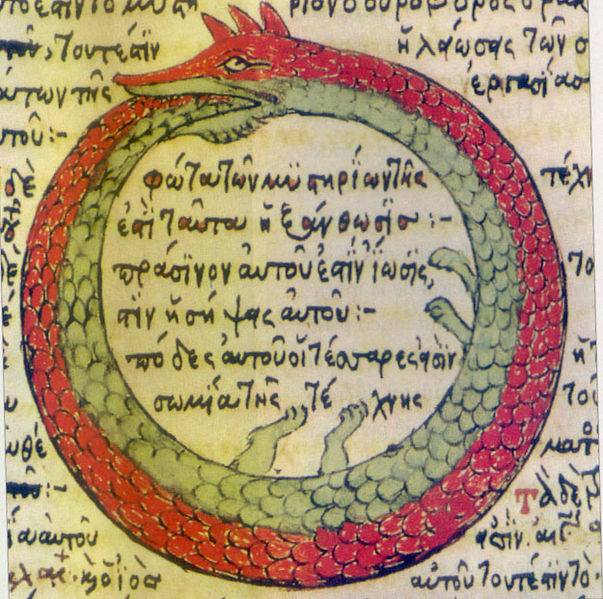

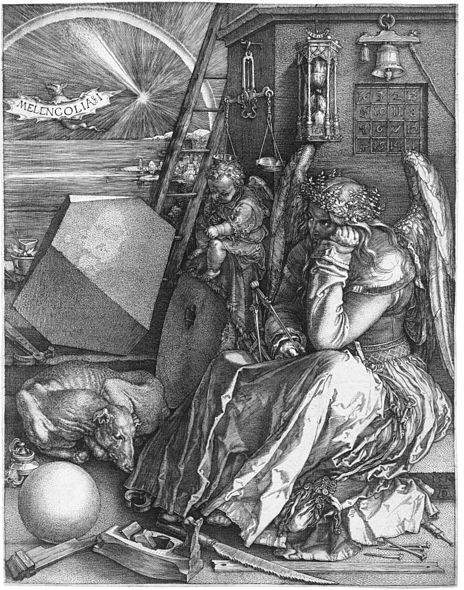


















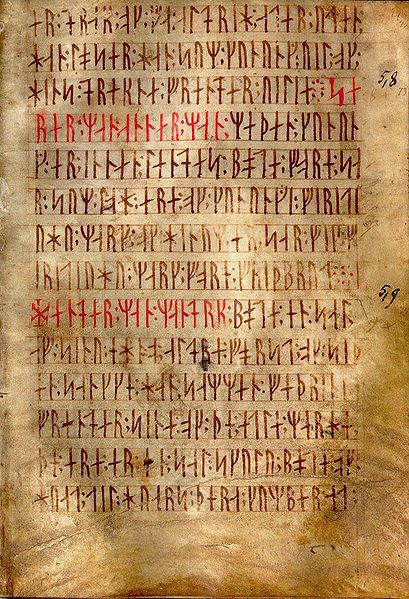




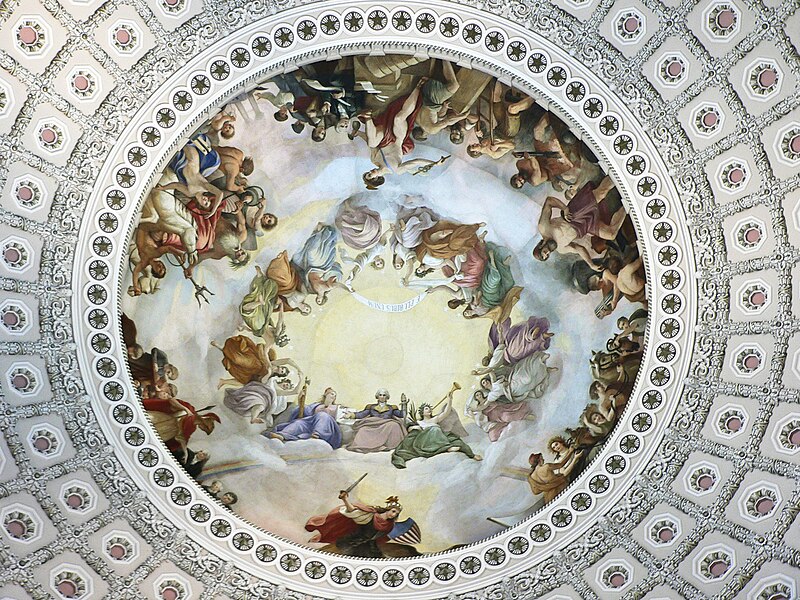

 Leonardo da Vinci's Saint John the Baptist (~1514), who is clearly gesturing at something.
Leonardo da Vinci's Saint John the Baptist (~1514), who is clearly gesturing at something.


 The remains of the
The remains of the 
